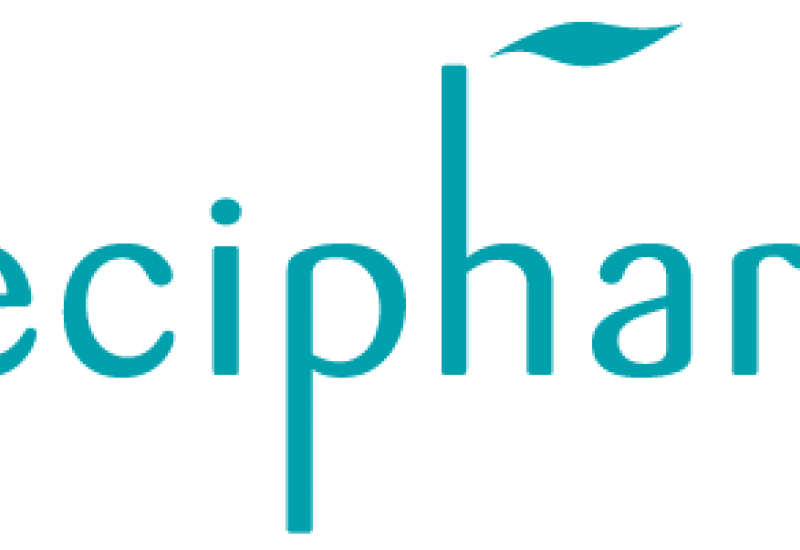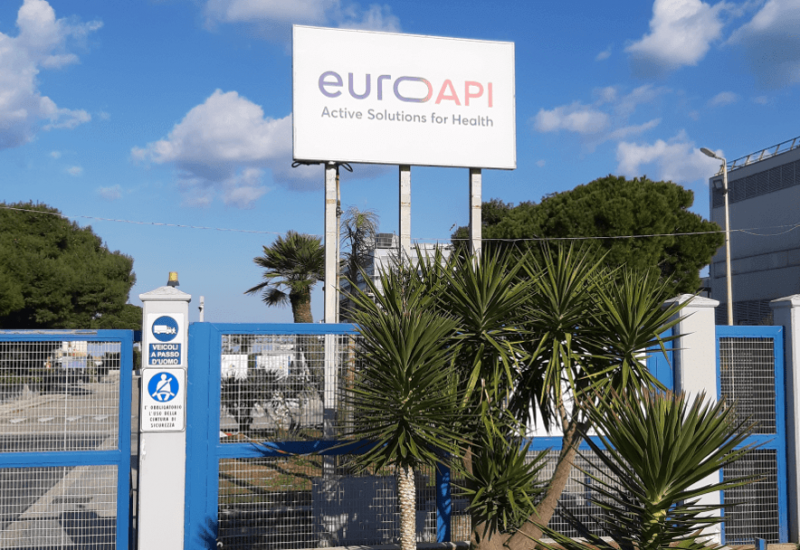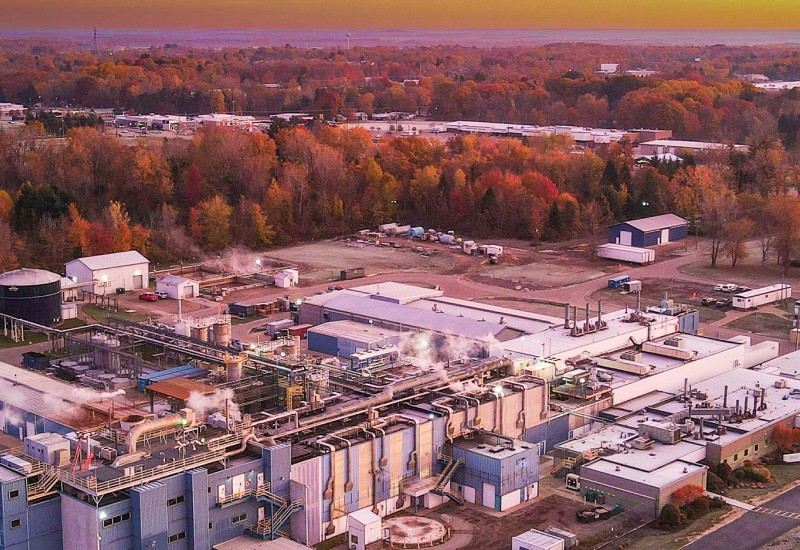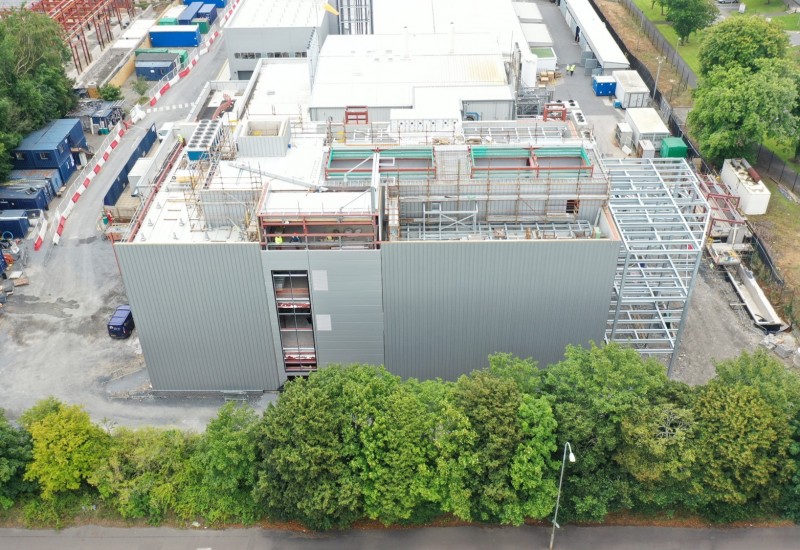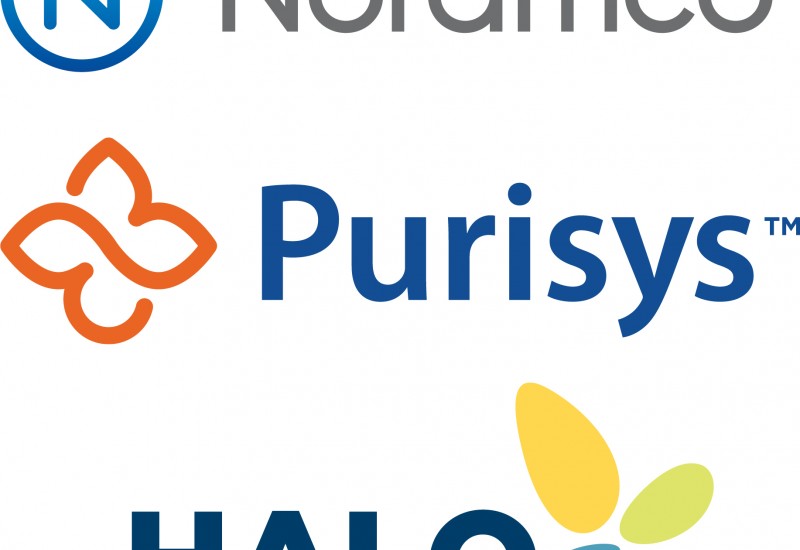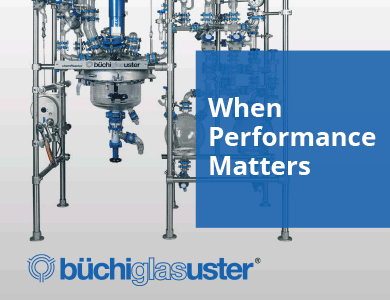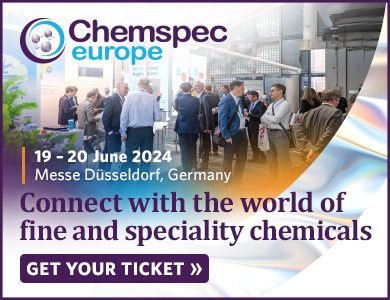Feature article - A CDMO’s insight into the M&A landscape
Mark Quick, EVP of corporate development at Recipharm, discusses the M&A trend within the CDMO industry
M&A activity within the pharmaceutical industry remains at a high. According to Ernst & Young (EY), M&A strategies have increased by around 12% year-on-year since 2012.1 CDMOs are some of the major players in these high-value deals, seeing it as a valuable strategy that enables to capitalise on another company’s strengths and thus better position their organisations to meet market demands and realise a more competitive edge.
Healthcare M&As are estimated to have been worth more than $400 million in 2019, with consolidation of companies predicted to continue this year.2 As a highly fragmented sector (the top five companies currently have less than 15% of the marketplace between them) opportunity is high for an M&A strategy to make a significant difference to a company’s share in the market by expanding both their service offerings and geographical presence.3
Today, in the extreme environment of the Covid-19 pandemic, the industry is trying to understand what this will mean for the M&A market and how the CDMO landscape may be affected in the long-term. Outsourcing on the rise The CDMO market is predicted to grow from $98.7 billion in 2018 to $157 billion in 2025. With a compound annual growth rate (CAGR) of 6.9%, this growth will outpace the rest of the pharmaceutical industry.4
The development of the CDMO market can be attributed to an increasing need for pharmaceuticals as a result of expanding populations and ageing societies, as well as a greater willingness amongst pharmaceutical developers to outsource as a means to decrease time-to-market, save costs and reallocate internal resources. Outsourcing rates have grown exponentially in the last decade, fuelled largely by major pharmaceutical companies selling manufacturing facilities to CDMOs, who typically continue manufacturing drug products on behalf of the previous owner.
This trend remains an important factor in the sector’s growth. Exiting manufacture allows the pharmaceutical sponsor to, in effect, make a fixed cost variable. This is important as often the products manufactured are mature and may even be declining - especially if the dosage form is no longer a focus area for new products, as all that will happen is an increase in the cost of goods.
M&A landscape
In this rapidly developing market, CDMOs want to strengthen their position by extending the range of services they offer to customers. M&A strategies are helping many of these businesses to secure long-term success by giving them the means to deliver end-to-end drug development and manufacturing services.
There are several reasons why a CDMO may choose to embark on an M&A strategy, including scalability, scope of services and depth of expertise. Consolidation can also provide access to innovative technologies and specialised equipment, equipping CDMOs to provide services outside their core offerings and differentiate themselves within the market.
By way of example, Recipharm recently acquired Consort Medical. Through its Bespak division, the business specialises in the design, development and manufacture of drug delivery devices for inhalation and injectable products. The move will bolster Recipharm’s existing capabilities by adding an adjacent element of the supply chain. The Aesica division of Consort will also bring additional capacity and capabilities in the areas of drug substance and drug product manufacturing, representing further consolidation of the industry.
Gaining access to such technologies allows CDMOs to leverage their position as the go-to provider, as well as improving market penetration and market share. They can also use acquisitions as a way of adapting to market trends and offering in-demand services to customers.
For example, CDMOs will need to adjust their manufacturing strategies and processes due to the emergence of precision medicine. Ensuring they are agile and flexible in their approach will help prepare for these new drug pipeline requirements, with smaller and personalised batches potentially being manufactured alongside larger volume drug products.
Given the current situation with Covid-19 impacting the industry, pharma companies will be looking more closely at their supply chain and will no doubt want to approach their outsourcing projects with careful consideration. A small minority may even be more reluctant to bring in outside support, although there is no evidence of this so far and the pharmaceutical industry is a sector will be heavily relied on in the fight against Covid-19.
Ensuring the continued and uninterrupted supply of life-saving medications will mean that CDMOs will play a vital role in supporting them along the way. Governments will understandably want to encourage more localisation of manufacture, which means that the demand for reliable and strong CDMOs that have a global footprint will be greater than ever before.
Competitive advantage
M&A can reduce supply chain complexity for customers. There is a growing trend towards developers opting to work with partners that can provide an end-to-end offering, preferring the convenience of dealing with one partner to working with several niche providers. To this end, a CDMO that lacks a critical service offering could potentially lose out on the whole supply chain.
By acquiring companies with specialist capabilities, CDMOs can cater for customers from early stage development through to commercial manufacture, while simplifying technology transfers and improving the speed of route to market. An additional advantage of choosing to work with a single partner is the decreased likelihood of delays occurring when transferring from one stage to the next due to the integrated nature of the services offered.
Additionally, M&A is providing a tool to meet the requirements of more complex products. The growth in antibody-drug conjugates (ADCs), highly potent APIs, and cell and gene therapies, has driven demand for CDMOs that can offer more specialised expertise. Small molecule drugs are also posing greater challenges as the number of poorly soluble compounds with poor bioavailability continues to increase.
The opportunity to build geographic presence is a further driver, with CDMOs choosing to consolidate with smaller companies in new markets to quickly expand their reach and target local markets. For example, several European CDMOs have acquired facilities in the US and vice versa as a way of entering new markets. Gaining a presence in emerging markets is also becoming a priority for many CDMOs in offering a cost-effective solution to their customers and opening access to the strong pharmaceutical expertise and workforce in markets such as India.
Final thought
M&A transactions will continue to play a pivotal role in the evolution of the CDMO industry as companies look to gain competitive advantage. By focusing M&A strategies on strengthening end-to-end drug development, building manufacturing services and gaining geographical presence, CDMOs are positioning themselves as a single, strategic partner to their customers. In offering all the services that today’s developers demand, the supply chain can be simplified, providing increased cost-efficiency and improving the speed at which drugs progress to market.
References
1. https://www.ey.com/Publication/vwLUAssets/ey-study-opportunities-in-the-consolidating-cdmo-industry/$File/ey-study-opportunities-in-the-consolidating-cdmo-industry.pdf
2. http://www.pharmafile.com/news/519761/400-million-healthcare-ma-deals-expected-2019
3. https://www.kurmannpartners.com/fileadmin/user_upload/import2015/MR-Pharma_Biotech/KP_Pharma_M_A_Report_2018_-_high_res.pdf (Kurmann Partners Pharma M&A Report 2018)
4. https://www.pwc.de/de/gesundheitswesen-und-pharma/studie-pharma-cdmo-market.pdf
Contact
Mark Quick
EVP – Corporate Development
Recipharm
www.recipharm.com




